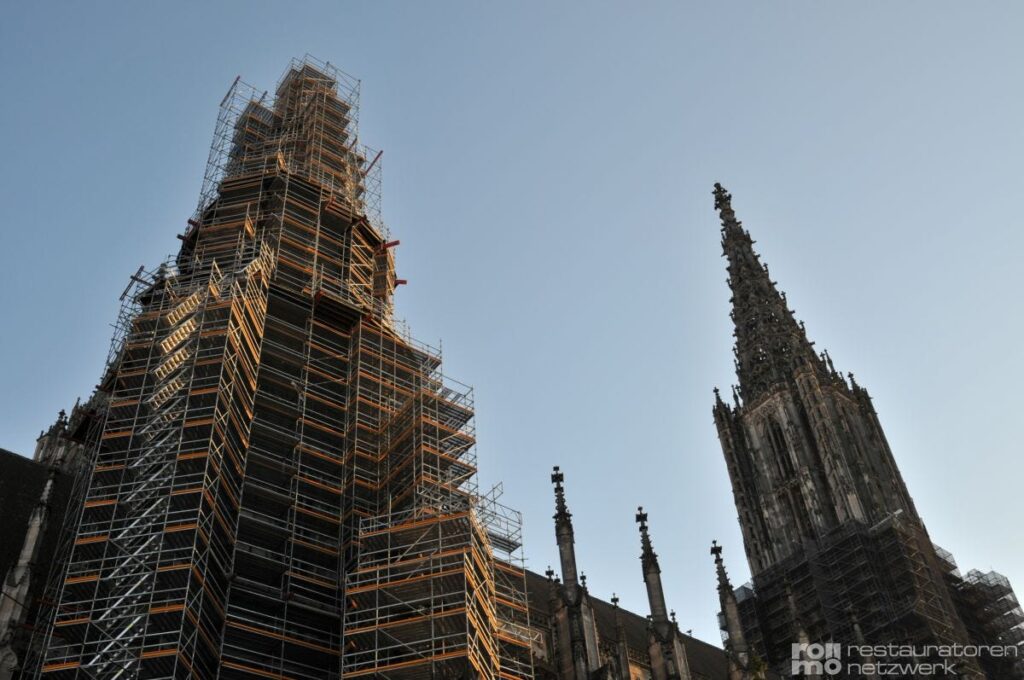Historical architecture isn’t pretty much old homes. It’s a tangible connection to our past, a testimony to the lives and cultures that came before us. These structures whisper memories of expertise, innovation, and the artistic spirit of various eras. Preserving them guarantees that those tales will continue to be heard by future generations.
However, safeguarding those irreplaceable treasures comes with its own set of demanding situations. Let’s delve into the intricacies of historical structure protection, exploring the roadblocks and the strategies employed to preserve our heritage.

Challenges: A Delicate Balancing Act
Preserving historic buildings presents a unique set of obstacles:
Balancing Progress and Preservation: Modernization and development are crucial for a city’s growth. But frequently, these advancements come at the cost of demolishing historical structures. Striking a balance between progress and preservation is a steady war.
Financial Constraints: Restoration and upkeep of historical buildings are high-priced endeavors. Finding sustainable funding assets, whether through government offers, private donations, or adaptive reuse initiatives, remains a hurdle.
Lack of Awareness: Public awareness of the significance of ancient protection is vital. Educating communities about the cost these structures preserve fosters a sense of ownership and encourages participation in their maintenance.
Skills Shortage: Preserving historical buildings calls for specialized capabilities in healing techniques and using traditional materials. A scarcity of skilled specialists can restrict progress on those initiatives.
Evolving Needs: Historic buildings regularly don’t meet cutting-edge accessibility requirements or electricity efficiency codes. Adapting them to contemporary needs while retaining their historical integrity calls for creative solutions.
Strategies: A Multifaceted Approach
Despite the demanding situations, there are powerful strategies to ensure our architectural heritage endures:
Advocacy and Legislation: Strong advocacy businesses and clear legislative frameworks that identify and defend historical structures are critical. These frameworks provide recommendations for recovery and improvement, ensuring responsible treatment of our beyond.
Adaptive Reuse: Breathes new life into old buildings by repurposing them for modern uses. This should involve reworking a historical bank into a museum or a grand old railway station into a vibrant market. Adaptive reuse fosters financial viability and ensures the continued use of the structure.
Community Engagement: Public engagement fosters an experience of ownership and obligation for historic protection. Organizing tours, educational applications, and volunteer possibilities connects communities to their historical past and encourages their energetic participation in its preservation.
Financial Incentives: Tax breaks, offers, and low-interest loans can incentivize private possession and investment in recovery projects. Additionally, exploring public-private partnerships (PPP) can leverage authorities and private sources for heritage conservation.
Documentation and Archiving: Thorough documentation of historical structures, including architectural plans, production materials, and historic significance, is critical for future recovery efforts. Utilizing virtual technologies like 3-D scanning can create certain data for posterity.
Sustainable Practices: Integrating sustainable construction practices into recovery projects no longer only improves power performance but also minimizes environmental effects. Utilizing recycled and responsibly sourced substances similarly complements the assignment’s environmental credentials.
Capacity Building: Investing in education programs to broaden professional specialists in restoration techniques and history control ensures a future generation equipped to address the complexities of historical protection.
The Future of Our Past
Preserving historic structures isn’t merely about safeguarding bricks and mortar. It’s approximately spotting the testimonies those structures embody, the instructions they keep, and the feel of identification they provide. By employing a multifaceted approach, we will overcome the challenges and make sure that our architectural background is maintained to encourage future generations.
Taking Action: Every Step Counts
Historical upkeep isn’t always constrained to experts. Here’s how you can make a contribution:
Educate yourself: Learn approximately the ancient structure of your community. Understanding their significance fosters an experience of appreciation.
Support preservation efforts: volunteer your time with neighbourhood ancient societies or propose regulations that protect background buildings.
Make informed choices: Consider helping agencies housed in traditionally preserved systems. This sends a message that these buildings have fees.
Spread Awareness: Talk to your friends and family about the significance of historical preservation.
By operating together, we are able to make certain that our architectural history continues to enhance our communities, serving as testaments to the ingenuity and artistry of the beyond while at the same time informing and provoking the architects of our destiny.
Visit our More Articles :- https://basedesigns.in/blogs/
Visit our Instagram Profile :- https://www.instagram.com/itsbasedesigns

